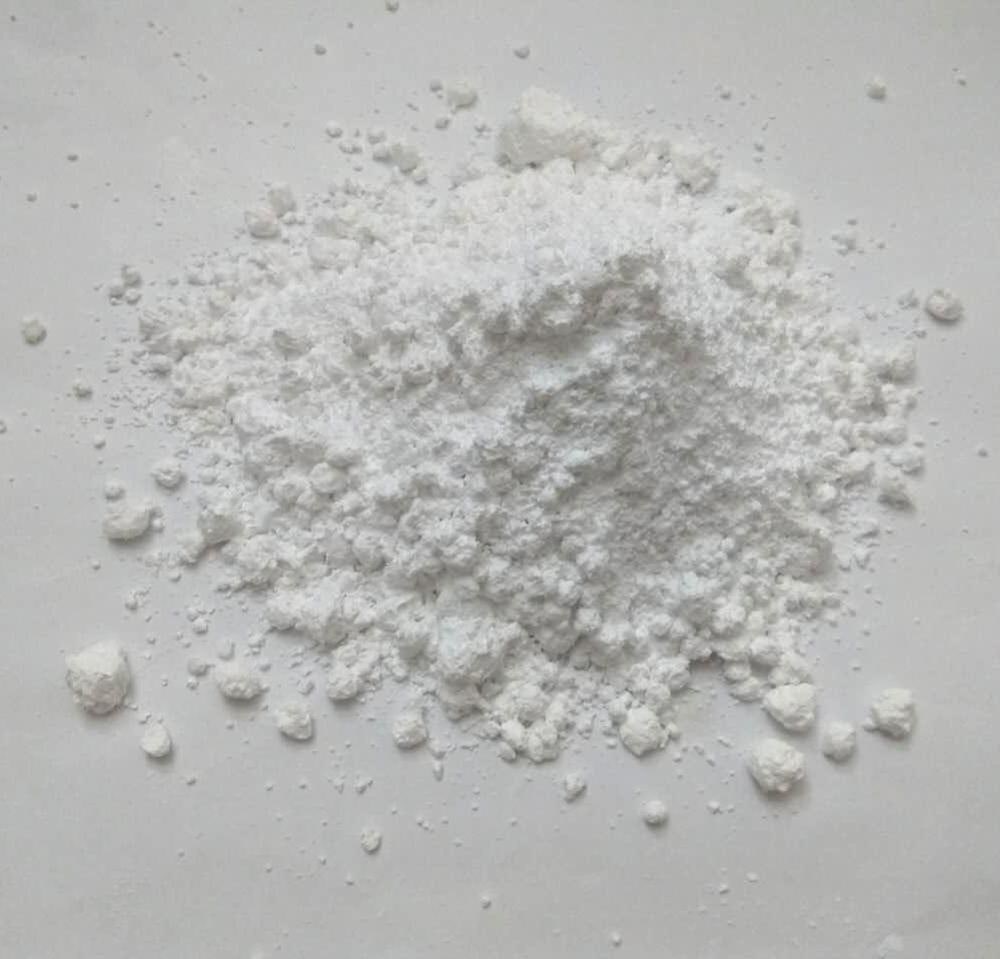

White powder with a special crystalline structure. Does not cause foaming and does not affect viscosity. The introduction in the amount of 2% makes it possible to achieve light skinning of the finished LC coating.
Production Method
Zinc stearate occurs by the reaction of the interaction of stearic acid with calcium hydroxide during heating and vigorous stirring.
Zinc stearate is used as a lubricant in the processing of a variety of plastics. It is a thermal and light stabilizer for PVC products, usually combined with calcium, lead, barium, cadmium stearates (in the production of linoleum, artificial leather, shoe plastics, packaging film, etc.). Dosage when used in plastic compositions 0.1 – 1% wt.
In the production of press powders, zinc stearate is used as a lubricant, preventing the sticking of press materials to rolls, screws during the manufacturing process and to molds during processing into products. Sealing lubricant in ester impregnations for sheet molding materials, glass-filled premixes, etc.
In construction, it is used as a hydrophobic additive for dry plaster mixtures. Leveling agent in polyurethane and nitrocellulose varnishes.
Zinc stearate is also used in the paper industry as an auxiliary component, which gives mixtures uniformity and promotes better mixing, and also gives the surface of the paper smoothness (special grades of paper and cardboard).
In the production of powder metallurgy products, it is used as a lubricating and wear-resistant additive.
It is also used in the ceramic industry as an additive that improves viscosity and imparts plasticity to the mass, and also gives the product integrity.
Physical and chemical indicators of zinc stearate:
density: 1.1 g/cm³;
melting point not less than 110 °С;
flash point: 277 °C;
auto-ignition temperature: 420 °C;
insoluble: in water, ketones, ethers;
soluble in benzene;
soluble in ethanol;
soluble in toluene and methanol;
partially soluble in dilute mineral acids;
fine particles in the air form explosive mixtures;
combustible Gives off irritating or toxic fumes (gases including zinc oxide) in a fire.
– is a homogeneous thin, soft amorphous powder of white color. It is a surfactant. Used as a vulcanization activator and rubber plasticizer. Particularly recommended for the manufacture of transparent rubbers. It is also used for plasticizing rubber compounds. It is used as a powdering agent to prevent sticking of rubber compounds and products. Anti-blocking lubricant in the rubber industry. The dosage of zinc stearate when used as a vulcanization activator and rubber plasticizer 2 is 5% wt.
Chemical formula: С36H70O4Zn / Zn(C18H35O2)2
Physical and chemical indicators of zinc stearate:
Density: 1.1 g/cm³;
Melting point not less than 110 °С;
Flash point: 277 °C;
Self-ignition temperature: 420 °C;
Insoluble in: water, ketones, ethers;
Soluble in benzene;
Soluble in ethanol;
Soluble in toluene and methanol;
Partially soluble in dilute mineral acids;
Fine particles in the air form explosive mixtures;
combustible Gives off irritating or toxic fumes (gases including zinc oxide) in a fire.
Appearance: Homogeneous powder, slightly oily to the touch, from white to yellowish white.
Application: used as a vulcanization activator and rubber plasticizer. Very often it is used in the manufacture of transparent rubbers. It is also used for plasticizing rubber compounds. It is used as a powder to remove sticking of rubber compounds and various rubber products. Used as an anti-blocking lubricant in the manufacture of rubbers. Dosage of zinc stearate when used as a vulcanization activator and rubber plasticizer 2 – 5% wt.
Zinc stearate is used as a lubricant in the processing of bulk plastics. It is a heat stabilizer and light stabilizer for PVC products, very often used together with calcium, lead, barium, cadmium stearates. The fraction when used in plastics compositions is 1%.
In the manufacture of press powders, zinc stearate is used as a lubricant, which prevents the press materials from sticking to rolls, screws during the manufacturing process and to molds during processing into this product. This grease is used in ester impregnations for sheet molding materials, glass-filled premixes.
In the perfume industry, zinc stearate is used in cosmetic powder products, and powder is sometimes used as a hydrophobic component. In thick powders improves the adhesion and coverage of these powders.
In construction, it is used as a hydrophobic additive for dry plaster mixtures.